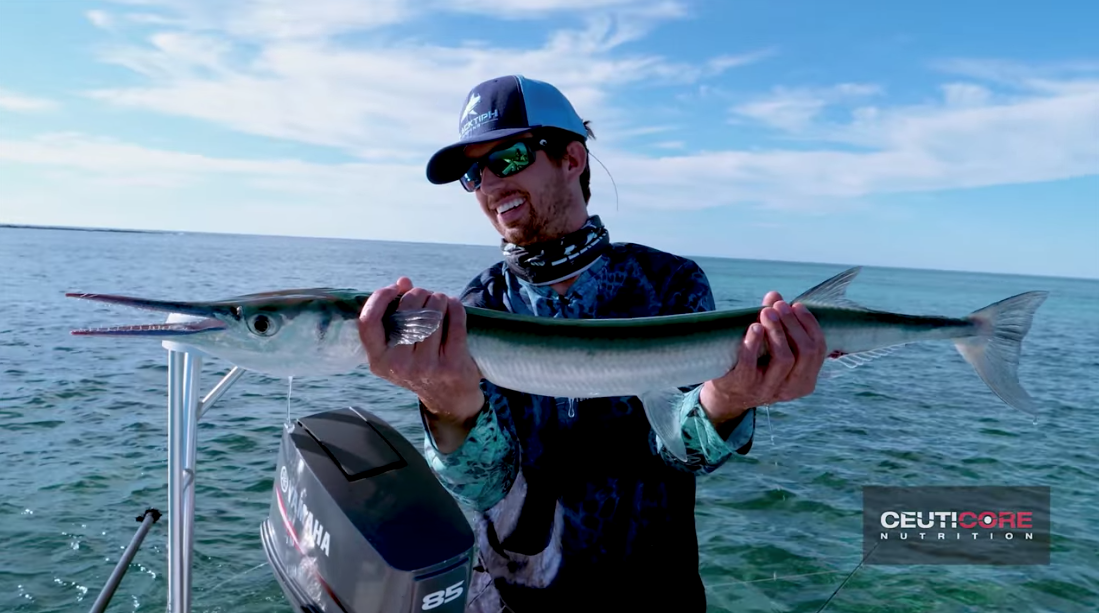Last summer, while walking the beach near the little village of Los Barriles on the Sea of Cortez in search of roosters and jacks, I spied some commotion just past the surf line and quickly made a cast. The baitfish imitation landed quietly in the clear water and as soon as I started the retrieve
, the water around the fly exploded.
I knew this wasn’t a rooster or a jack, and I had the sun in my face, so I wasn’t sure what I had hooked. Until the fish jumped.
A long, snakey beast erupted from the sea, cartwheeled and landed with such a splash that I couldn’t help but let out a little high-pitched squeal. It was a giant Mexican needlefish.
This fish is related to needlefish the world over. The fish I caught is native to Pacific waters, but the Atlantic offers a very similar specimen that most folks call a giant needlefish, but many, including fishing guides on the flats of the Caribbean, call the houndfish. The video above shows a few nice houndfish brought to hand in the Bahamas.
The fish I caught on the Baja was probably five pounds or so and well over 30 inches in length. They get bigger, and on light tackle, they can be a lot of fun.
As you’ll see in the short fishing episode above, needlefish and houndfish are tough to hook on a fly. The fish I managed to catch wasn’t actually caught with the hook of my fly, but rather with the craft fur that I used in the tying process. Its hundreds of surgically sharp teeth got caught in the fur and it couldn’t work itself free.
They’re actually really pretty fish, teeth not withstanding, and they’re a ton of fun on a fly. Next time you’re on a flats trip and see schools of these long, acrobatic fish, tell the guide you want to take a shot or two at them. You might be surprised when he or she smiles and says, “Go for it.”
— Chris Hunt



